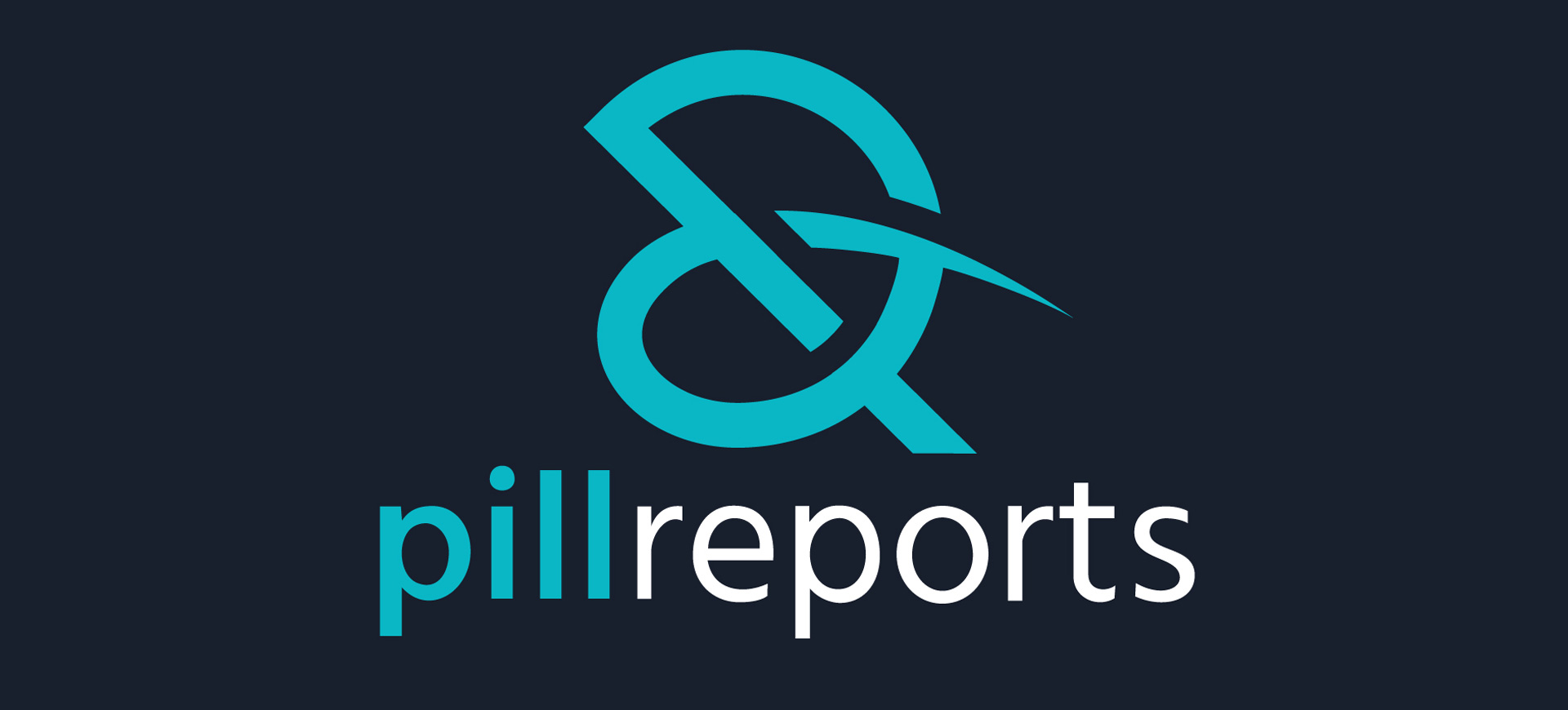/
/
- Posted by pradmin
- July 31, 2025
ABOUT PILLREPORTS
Pillreports is a global database of Ecstasy" pills based on both subjective user reports and scientific analysis. "Ecstasy" is traditionally the name for MDMA based pills, however here we also include closely related substances such as MDA, MDEA, MBDB. Pills sold as "Ecstasy" often include other, potentially more dangerous, substances such as methamphetamine, ketamine and PMA.
